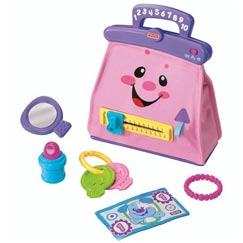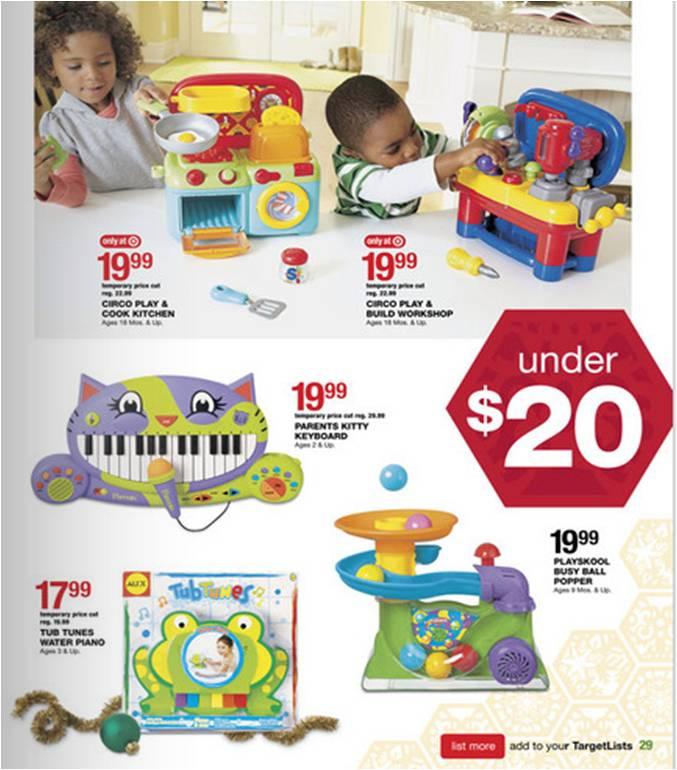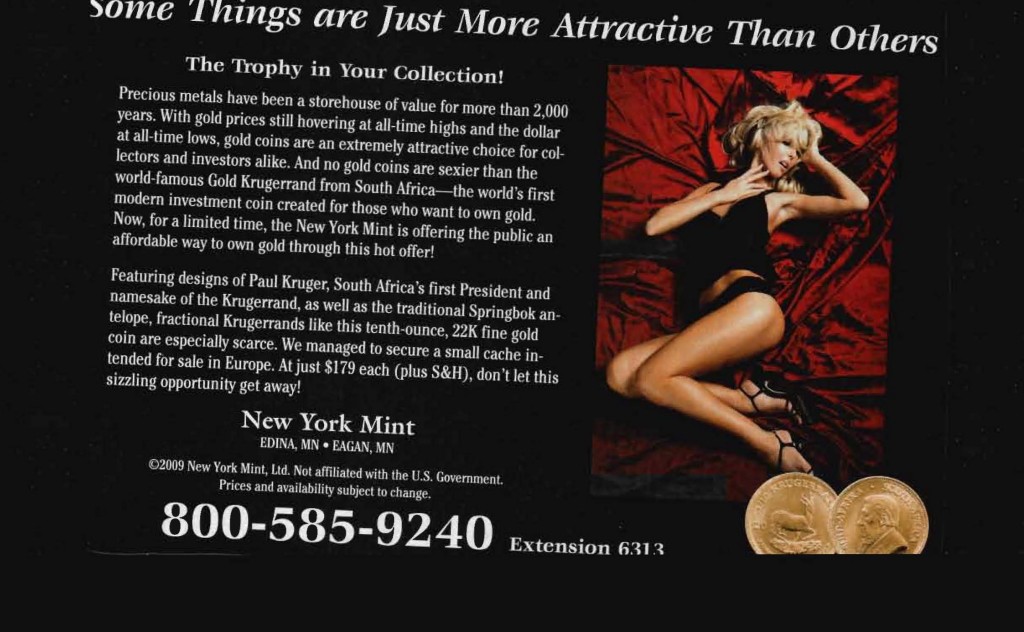
I mean, it’s Ellen DeGeneres. She’s a comedian. Everyone knows she’s just being funny.
Besides, she’s totally gay. Gay ladies don’t really care about beauty, am I right or am I right?
What do you think?
I’ll tell you what I think. Satire or no, Cover Girl’s done a lot of market research and they think it’s going to make people buy make up just like any old advertisement. And I think they’re right.
In fact, I think satire is disarming. When we see this commercial, our “don’t fuck with us” response doesn’t kick in because it’s just funny ol’ Ellen bein’ wacky. Advertising counts on us thinking it doesn’t affect us. Otherwise we’d be pissed. I think satire is a useful tool with which advertisers trick us into letting down our guard.
We’ve been hitting satire hard lately. I think it’s because it’s really pretty tricky to figure out. See our previous posts on or featuring satire here, here, here, here, here, and here. Here’s one that actually refers to data (as opposed to just involves us mouthing off.)
(Via Moody Springs.)
—————————
Lisa Wade is a professor of sociology at Occidental College. You can follow her on Twitter and Facebook.
Lisa Wade, PhD is an Associate Professor at Tulane University. She is the author of American Hookup, a book about college sexual culture; a textbook about gender; and a forthcoming introductory text: Terrible Magnificent Sociology. You can follow her on Twitter and Instagram.















